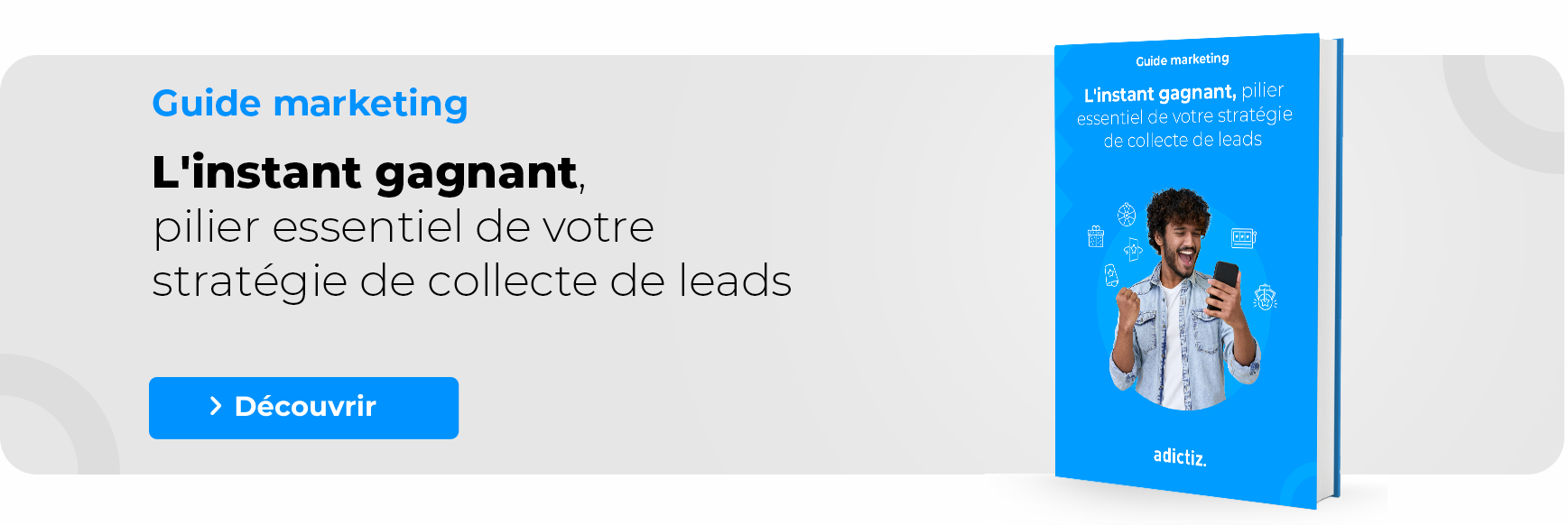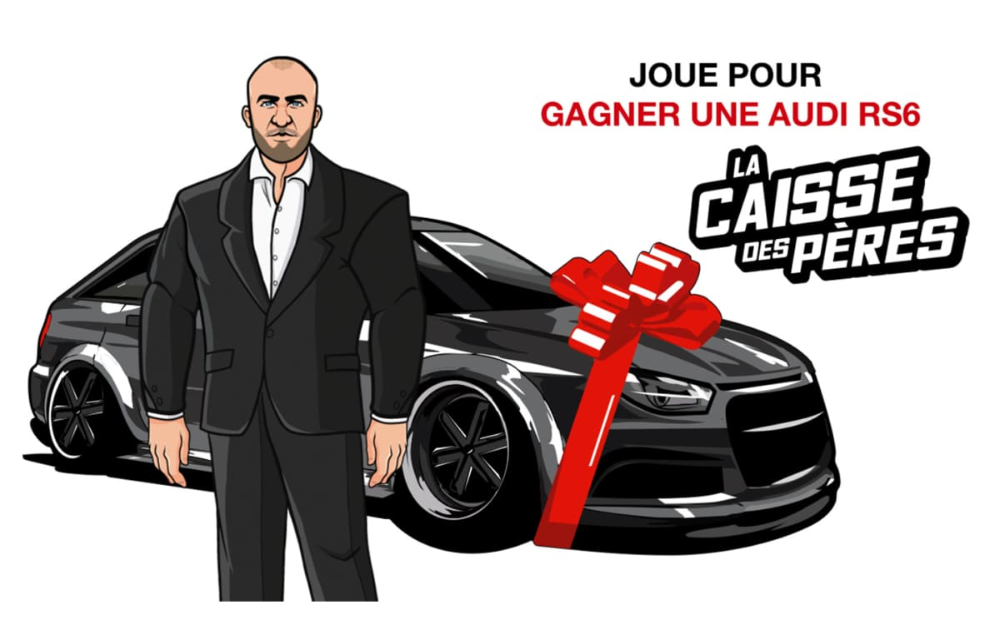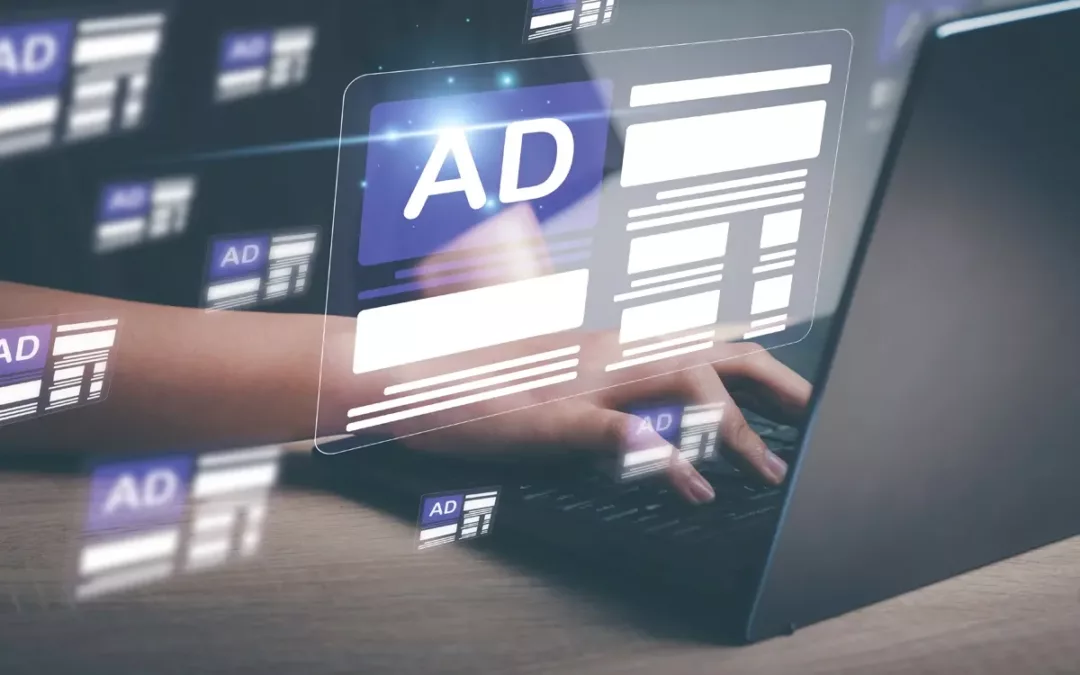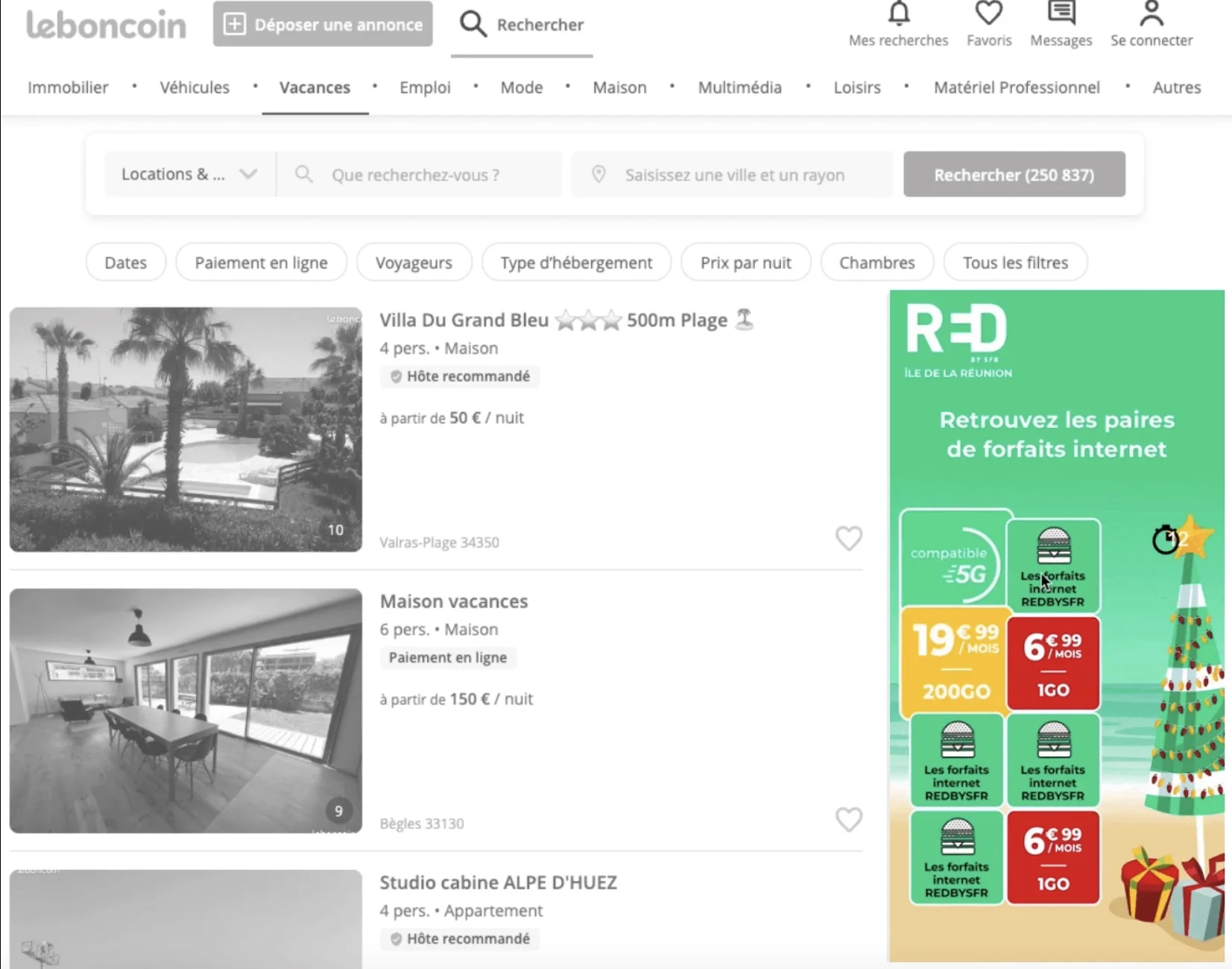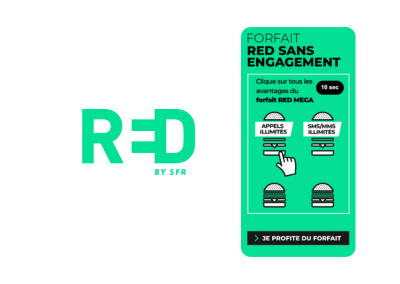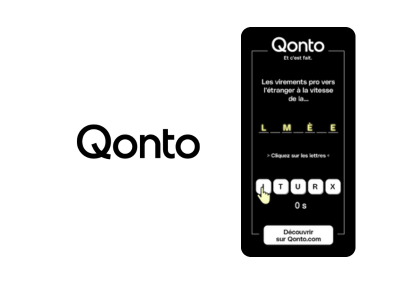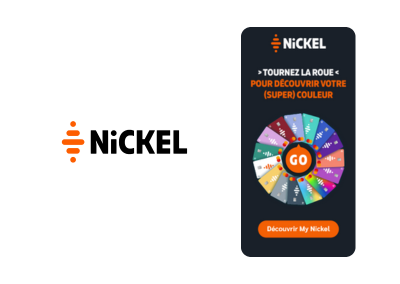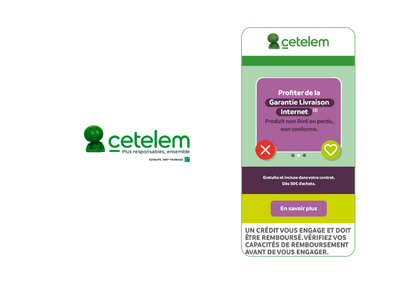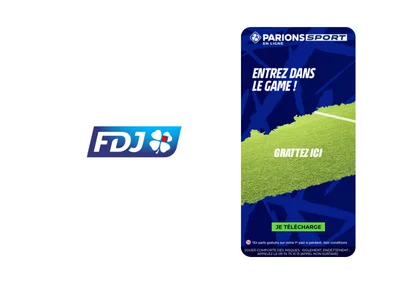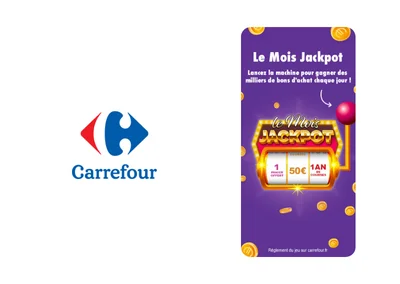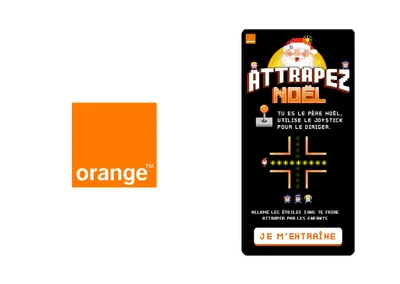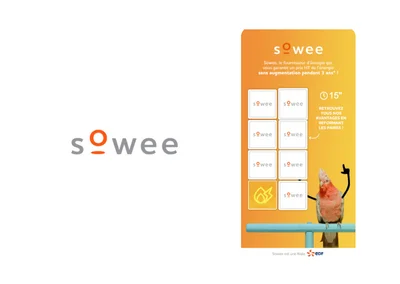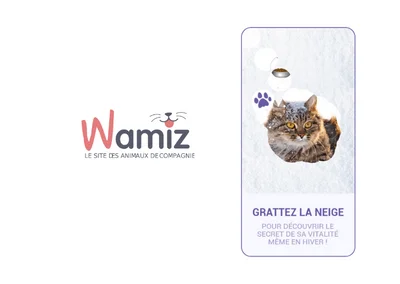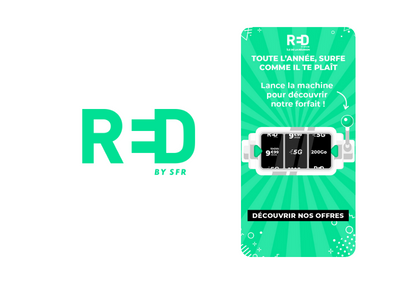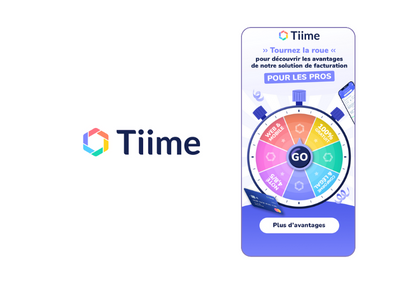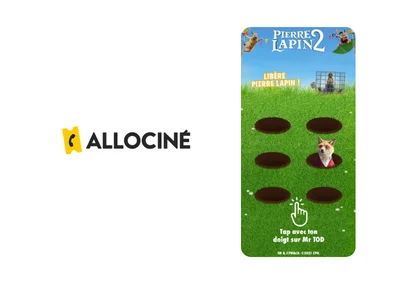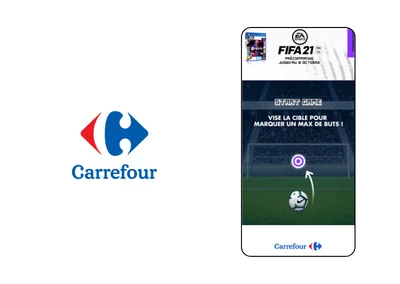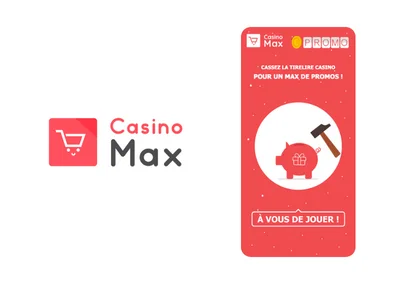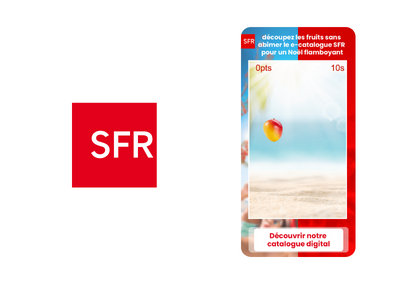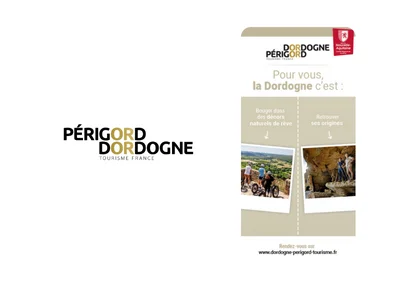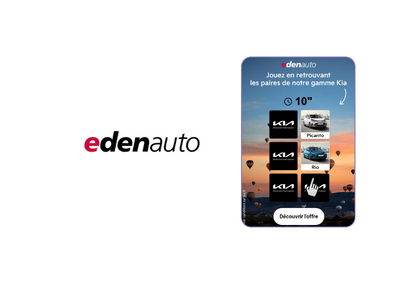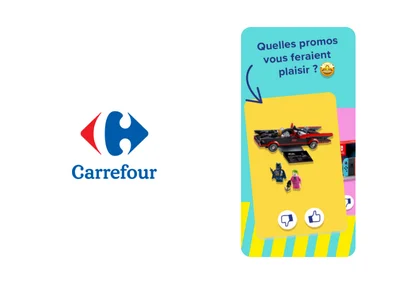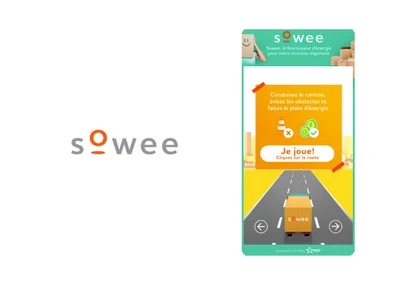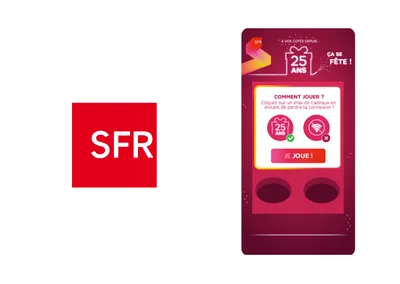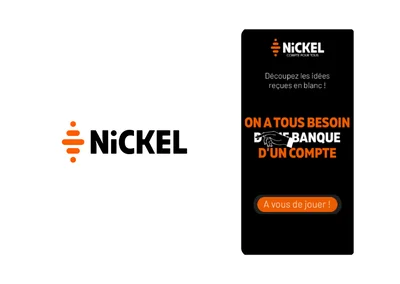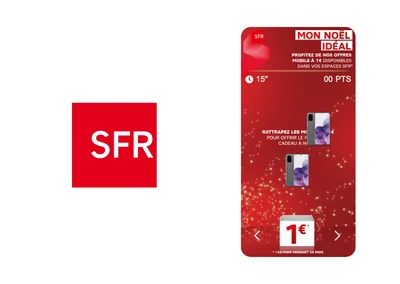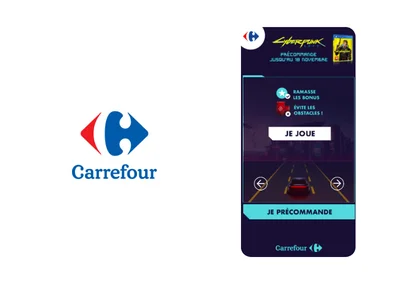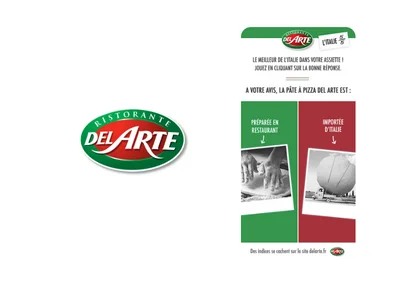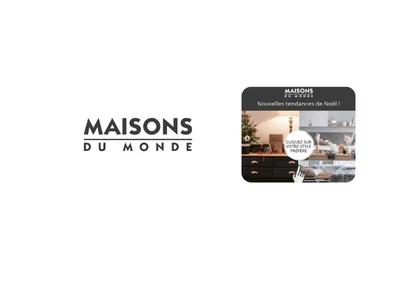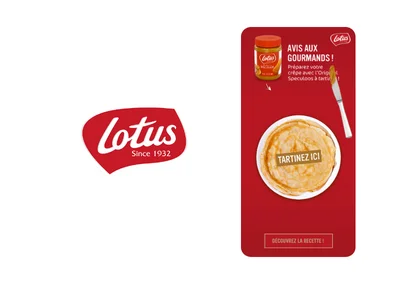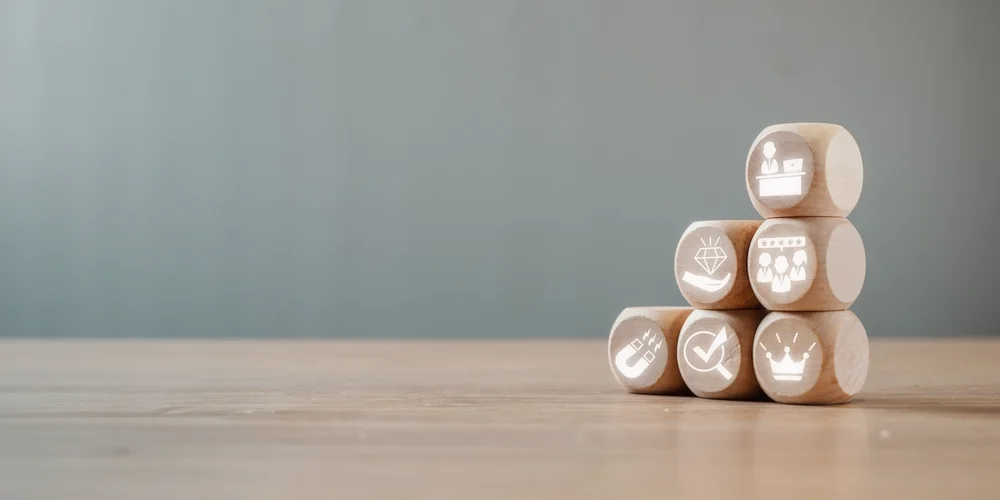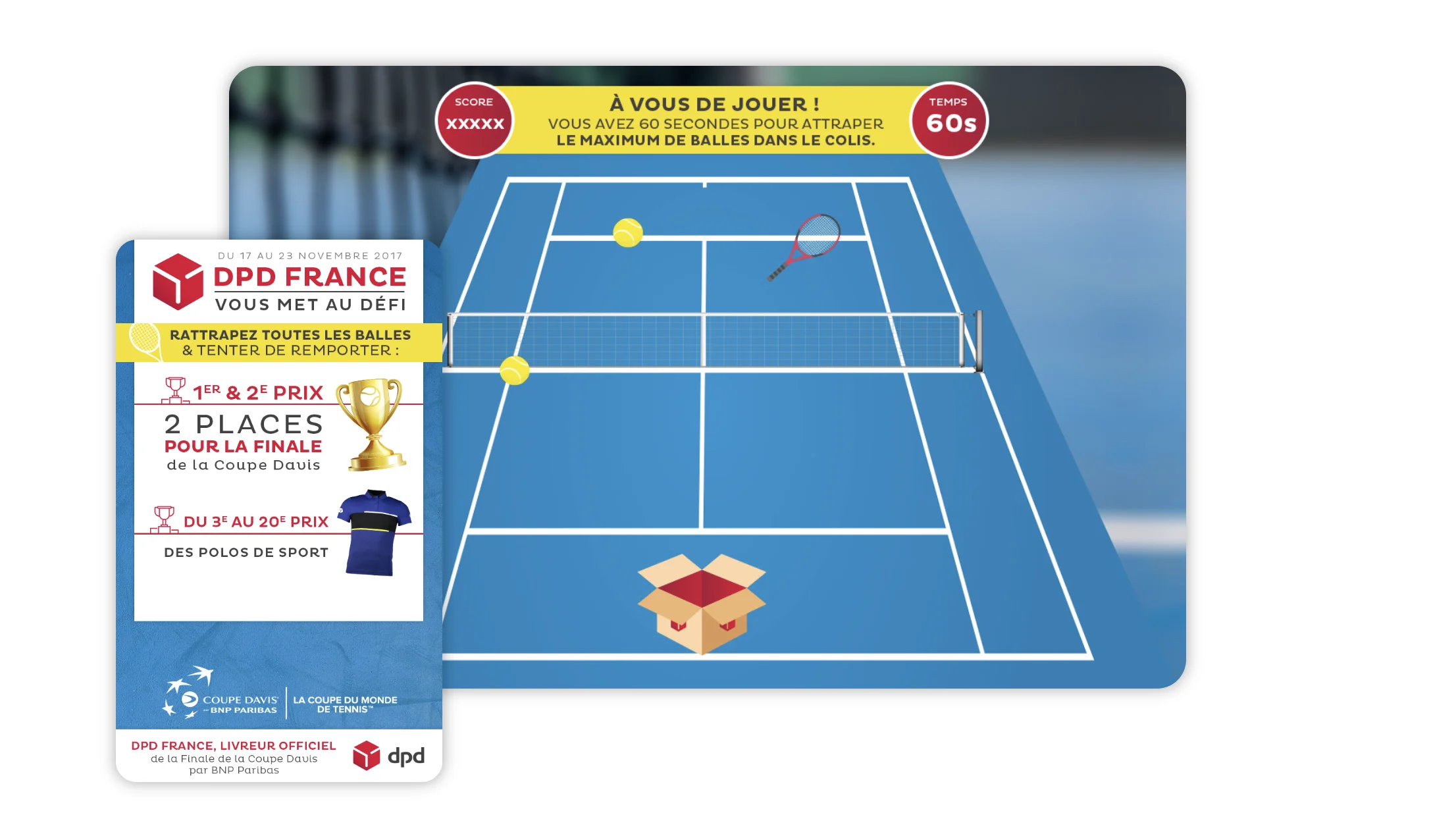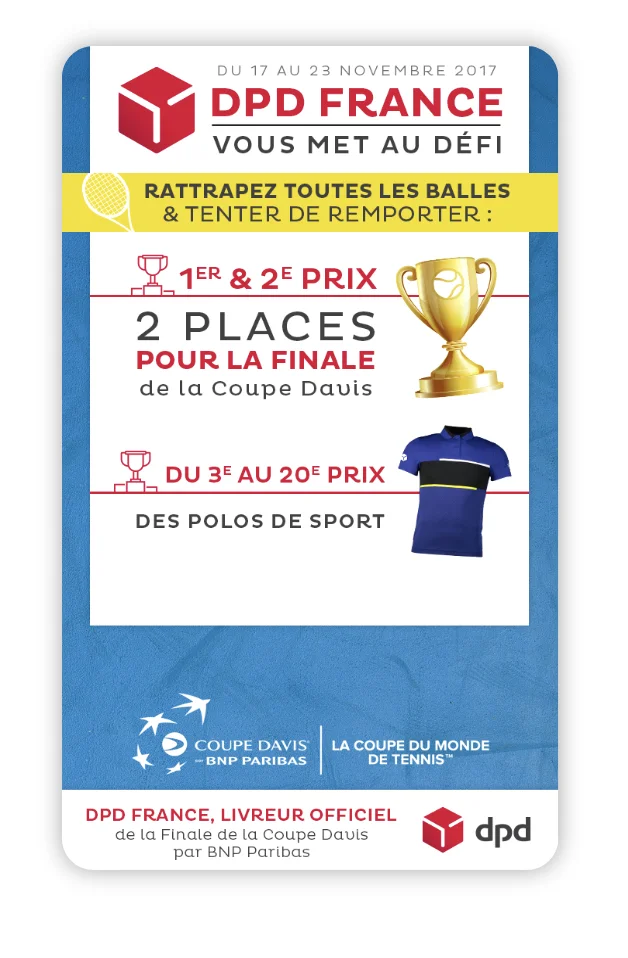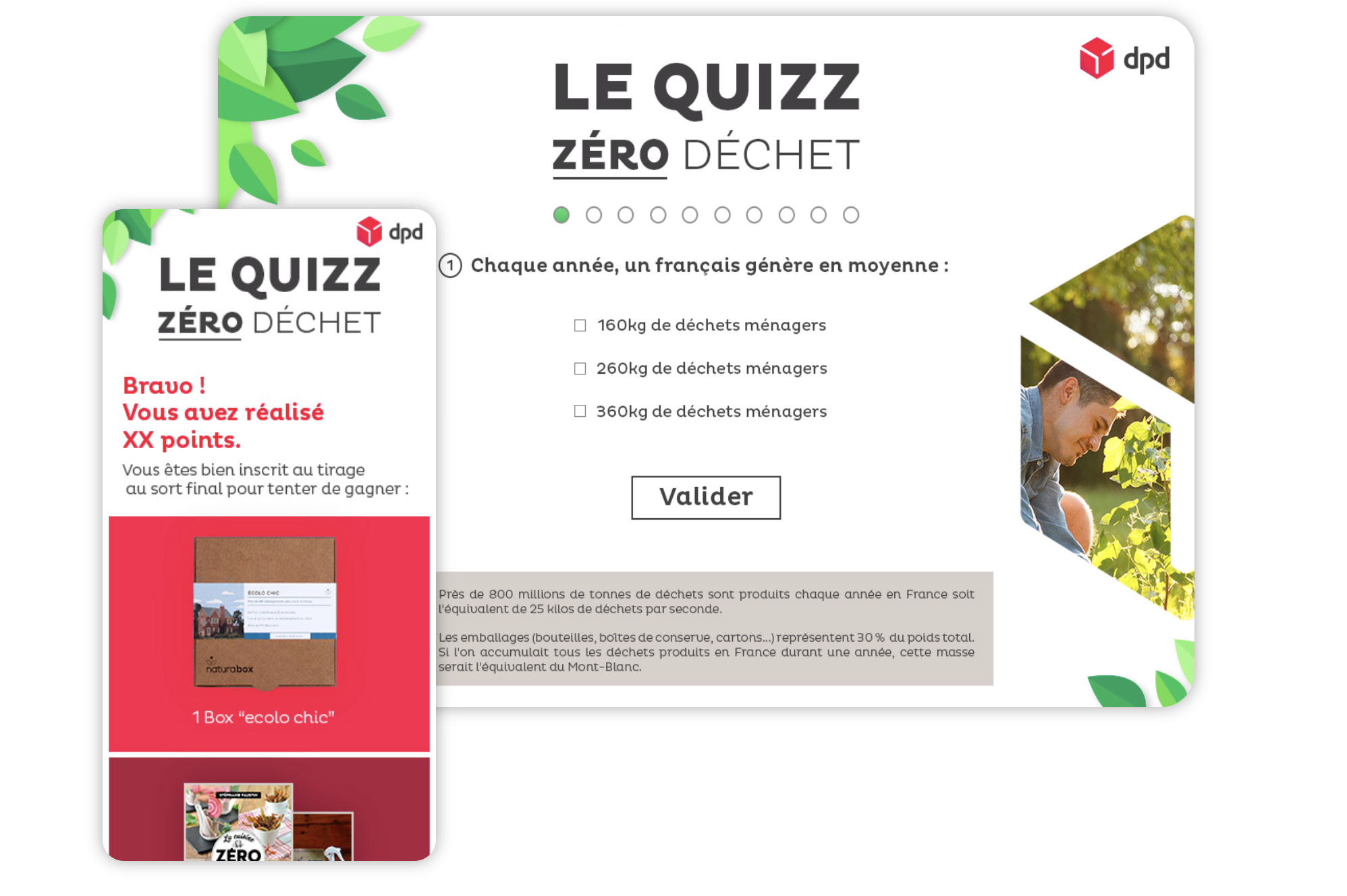
Why create an online interactive quiz?
Adapted to marketing, the interactive quiz has all the ingredients to activate your audience and collect valuable data that you can then use to improve your offer or optimise your communication.
In this article, we present the main advantages and types of online interactive quiz that you can organise. Finally, we share our tips and best practices for creating a successful marketing game.
What is an interactive quiz?
An interactive quiz is a type of game in which, after answering several questions, the user obtains the expected answer. A knowledge quiz will reveal the correct answers to the questions asked. As for the personality quiz, it will tell the participant which character trait or personality typology he or she most closely corresponds to.
The whole point of an interactive quiz is to learn a little more about yourself or a subject you’re passionate about.. En tant que tel, le quiz est par nature un jeu interactif, puisque le résultat dépendra des réponses données par l’utilisateur.
Very popular in its educational format, the interactive quiz can also be a powerful marketing tool. For example, it can enable brands to test their audience’s knowledge of their offer, their world or their niche. It’s also a good way of finding out more about their buying habits, what consumers think of a company, and their specific needs.
Why offer an interactive quiz to your audience?
As well as collecting first-party data (i.e. data shared directly by the people concerned) on your audience’s opinion or knowledge, an interactive online quiz generates a number of tangible benefits for the companies offering them.
Engagement and virality
The first obvious benefit of interactive quizzes is to boost the virality of content and audience engagement. Take BuzzFeed, for examplewhich has become famous largely thanks to its interactive online quizzes. These quizzes can be shared thousands or even millions of times on social networks, increasing the brand’s visibility and brand awareness.
The interactive quiz mechanism is one of the most engaging, particularly when it comes to holding your audience’s attention. Because they want to know the answer to the questions asked, or the result of their online personality test, participants will be much more inclined to follow each stage of your interactive quiz, right up to the final revelation. And because they’re curious about the results of their friends and family, they’ll also be tempted to share your quiz with their friends and family.
Creating an interactive quiz is also a very effective way of generating traffic to your site. By adding a ‘hint’ button under a question, it is possible to direct the participant to a page (such as a product sheet, for example) to help them find the answer they are looking for. This way, users who want to win will be more inclined to visit the website, increasing its traffic organically.
Consumer education and differentiation
Another advantage of the interactive quiz is its ability to educate your audience, and therefore generate more qualified leads. A survey conducted by Demand Metric in partnership with Ion Interactive revealed that marketers consider interactive content to be seven times more effective at educating their audience. According to the same survey, this difference in lead qualification generates three times more conversions than in a sales funnel in which the content is exclusively static.
Finally, organising an interactive quiz can enhance your brand image and help differentiate from your competitors. For 88% of the professionals surveyed, interactive content is effective or very effective in this respect, compared with 55% of marketers who only work with static content.
The different types of interactive quiz and their marketing benefits
One of the advantages of creating an interactive quiz (other than collecting first-party and zero-party data) is the possibility of choosing from a wide range of formats and game mechanics. Depending on your audience and your objectives, you can turn to :
Personality quizzes for collecting and activating first-party data
Already well known to users, the personality test is engaging because we are naturally attracted by the prospect of finding out more about ourselves or those close to us. This format, applied to marketing games, can be used, for example, to discover the product preferences of your audience and optimise your retargeting.
The prediction game to engage a fan base
In the run-up to a major sporting event, an interactive prediction quiz is a highly effective way of boosting community involvement. The excitement generated when the results are revealed and the chance to win prizes encourages the commitment of prospects and brand customers alike.
The same applies to other interactive quizzes such as the Blind test (or music quiz), but this time in the world of music.
In this way, semantic targeting offers a more subtle and precise approach to reaching users interested in a specific subject, while preserving the confidentiality of their data.
Surveys to gather additional information about your audience
It is also possible to create an interactive survey-type quiz to collect qualitative data on its customers and better understand their needs and preferences. Rather than a simple MCQ or personality test, the questions in this online quiz will relate to the buying habits, preferences or aspirations of a segment of consumers.
The company can then use the first-party data collected to optimise its advertising campaigns, improve or adapt its product/service offering, or strengthen the commitment of its community. And more, this gamification mechanism allows you to improve the qualification of your prospects and the satisfaction of your customers without having to use a traditional form.
Our tips for a successful interactive quiz
Ready to create an interactive online quiz? Here are the steps to follow to ensure its success:
- Identify the objective of your interactive quiz (to provide online entertainment for your audience or to collect data)
- Choose the subject of your quiz (a particular product, the history of your brand, a personality test);
- Draft intriguing and hard-hitting interactive quiz questions to keep participants engaged and arouse their curiosity;
- Apply a points system to each question in the interactive online quiz;
- Define the possible results once the quiz has been completed and any rewards based on these results.
Do you need help creating an interactive online quiz around your brand universe? Discover all our quiz mechanics as well as our different design options and choose the ones best suited to your marketing campaign.




